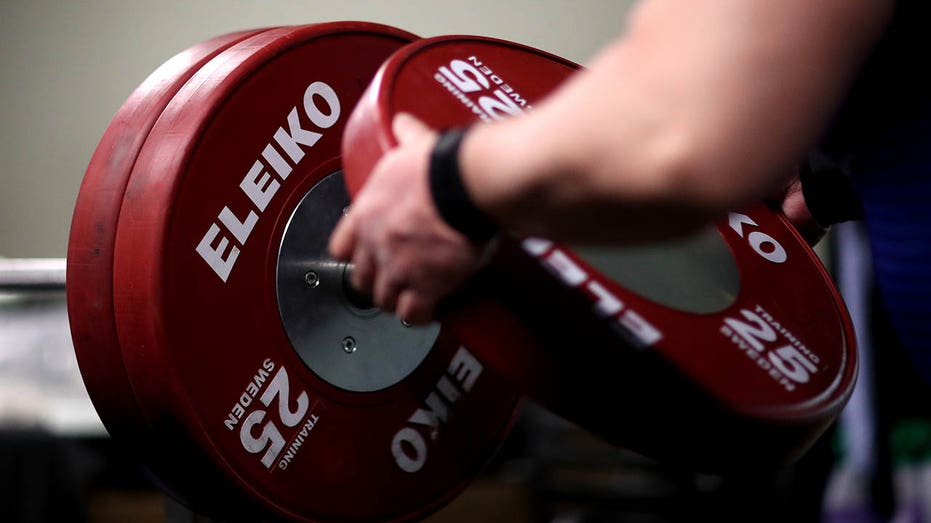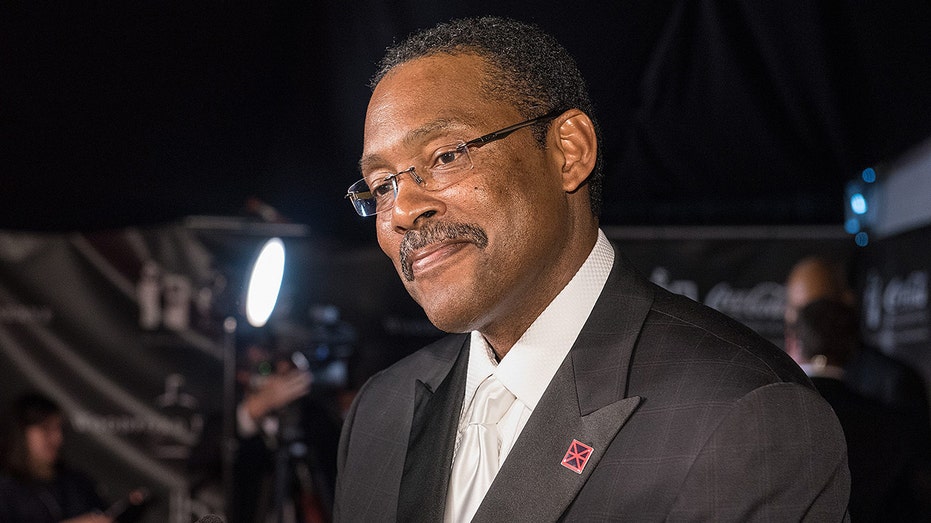I want to lose 30 pounds and improve my heart health. A dietitian said to eat more, including at breakfast.

istetiana/Getty Images
- A 44-year-old woman who is sedentary and wants to lose weight shared her diet with Business Insider.
- A dietitian reviewed it and recommended she eat more to boost her energy and metabolism.
- Fill out this form to have your diet reviewed by an expert.
Amanda Bonesteel, a full-time student who has a sedentary lifestyle, told Business Insider that she wants to lose weight and improve her cardiovascular health.
The 44-year-old, who is based in Michigan, said her goal is to lose 30 pounds. She occasionally goes to the gym but spends most of her time sitting.
She submitted an average day of eating to BI's Nutrition Clinic, where registered nutritionists and dietitians look over readers' diets and offer suggestions based on their goals.
Nichola Ludlam-Raine, a dietitian and the author of "How Not to Eat Ultra-Processed," told BI that Bonesteel is doing some things well, but she could improve her diet in certain areas, such as eating breakfast for more energy.
Eating a balanced dinner
Bonesteel starts the day with a coffee with cream and sugar at about 10 a.m. or 11 a.m. For lunch, she has something small like a turkey sandwich, banana, or a bowl of soup.

Amanda Bonesteel
Her dinners vary but usually consist of a vegetable (such as green beans, cauliflower, or carrots), protein (chicken or lean beef), and carb (whole grains or potatoes).
Ludlam-Raine said that Bonesteel's dinner sounds balanced and nutrient-dense.
"Including a protein source alongside a starchy carbohydrate and a generous portion of vegetables is a great foundation for supporting both cardiovascular health and weight loss," she said. "This kind of plate structure offers fiber, vitamins, minerals, and protein — all of which contribute to satiety, blood sugar regulation, and overall health."
Eating less can be counterproductive for weight loss
Ludlam-Raine said Bonesteel doesn't appear to eat enough overall, which could be counterproductive by reducing her energy levels and metabolism.
"Starting the day with only coffee that includes cream and sugar means she's going for several hours after waking without any real nourishment," Ludlam-Raine said. "This can contribute to low energy and poor concentration, and can sometimes lead to overeating later in the day due to increased hunger or cravings."
Bonesteel's lunch is also very light and may not sustain her for long, especially with her mentally demanding studies.
"If she's not getting enough protein, fiber, or healthy fats earlier in the day, her body may compensate later, potentially leading to larger portion sizes at dinner or snacking in the evening — something that's very common and often overlooked," Ludlam-Raine said.
She added: "Importantly, under-eating can slow down metabolic rate over time, making weight loss harder, not easier. So, ironically, Amanda might not be losing weight at her desired rate because she's not eating enough during the day."
If Bonesteel struggles to fit in formal exercise, squeezing in short but regular walk breaks or quick home workouts could be an easier way to boost her movement levels, Ludlam-Raine said.

Amanda Bonesteel
Focus on healthy fats and eat regularly
With heart health in mind, Ludlam-Raine recommended Bonesteel spread meals out more evenly throughout the day, and include heart-healthy fats like avocado, nuts, seeds, or olive oil alongside more fiber-rich foods such as oats, legumes, and whole grains.
"Replacing added sugars in her morning coffee with a sugar-free alternative or reducing the amount slightly could also benefit her cardiovascular risk profile," she added.
Ludlam-Raine recommended Bonesteel try starting her days with a small balanced breakfast like overnight oats, Greek yogurt with berries, or eggs on wholegrain toast with tomatoes to feel more energized and make progress with her goals.
Lunches should also contain protein, fiber, and healthy fats — a more structured meal pattern could help stabilize Bonesteel's appetite and keep her energy levels stable throughout the day, Ludlam-Raine said.
"In short, Amanda has a strong foundation at dinner, but she may be unintentionally undereating earlier in the day, which could be stalling her weight loss and making her feel more tired or sluggish," Ludlam-Raine said. "A few simple tweaks could make a big difference to both how she feels and how her body responds."



